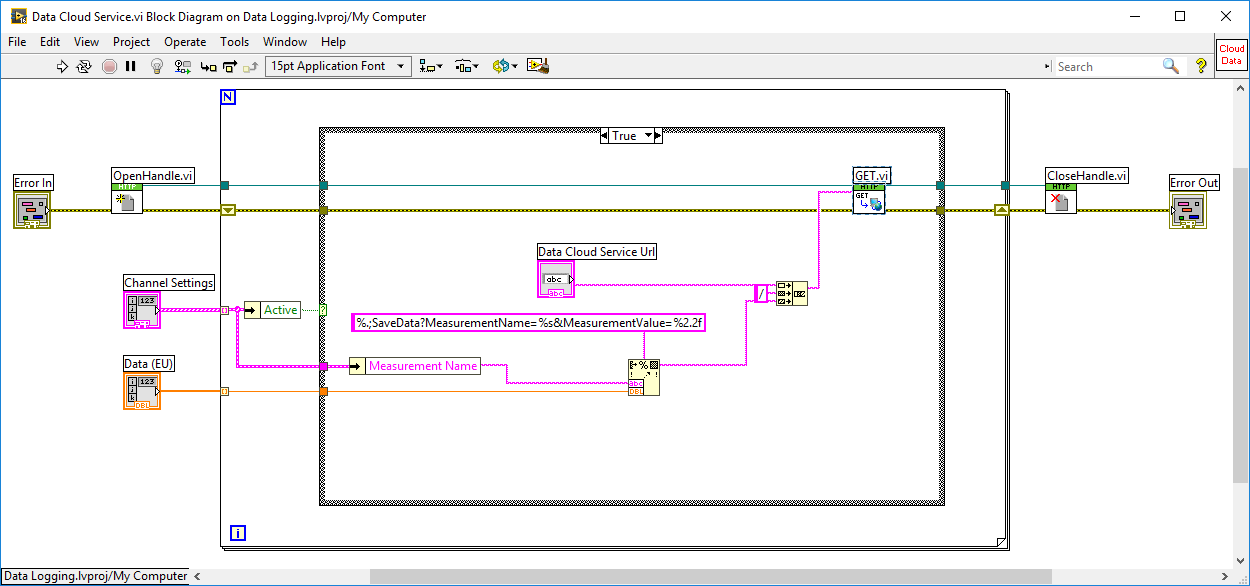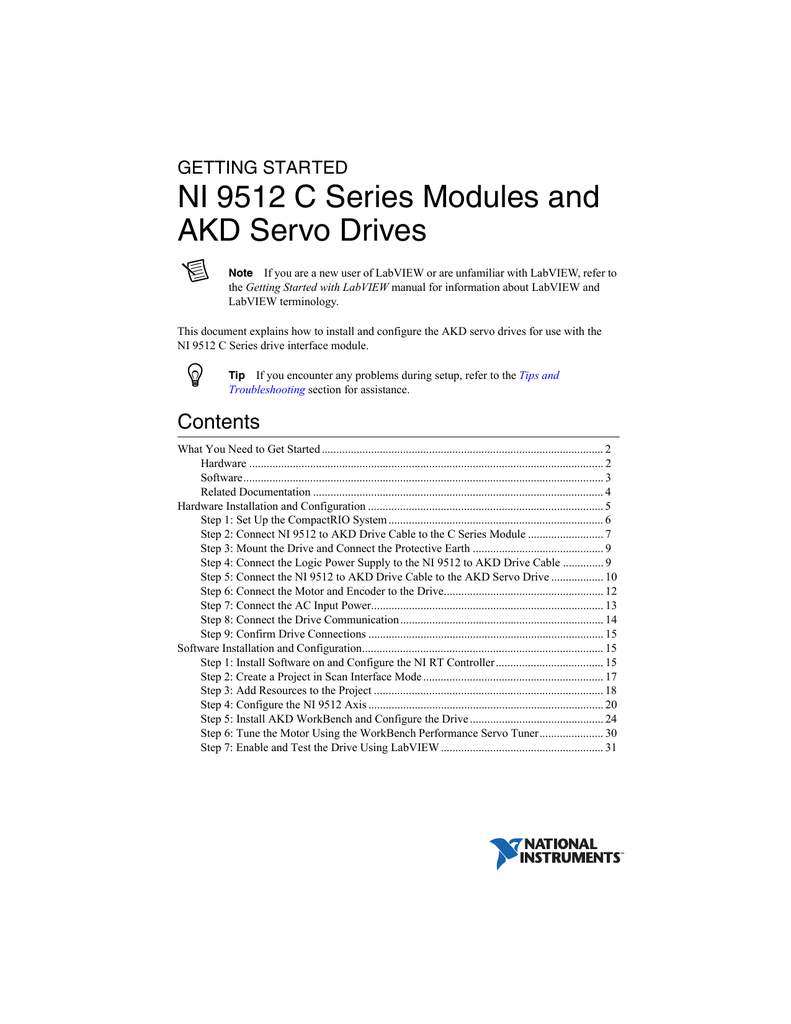

- #How to install labview modules how to
- #How to install labview modules archive
- #How to install labview modules software
Use eWriteName (or eWriteNames) to write the desired registers and eReadName (or eReadNames) to read the desired registers. This step is optional and not always applicable. Use the Register Matrix in Kipling to test writing and reading your desired registers and confirm you see what you expect to see. Look at the T-series Datasheet or the Modbus Map to determine what registers you need to write and read. If we had examples for every operation, they would just be copies of the example "Write Read Loop with Config" with different registers. The typical workflow to do almost anything beside stream is: #How to install labview modules how to
Most operations simply involve writing and reading different registers, so you really just need examples that show you how to write and read any register. The reason for this stems from the "Overview" section above. You will find lots of examples in this archive, but there is not an example for everything the LabJack can do. The following examples in the Basic folder are a great place to start: Look at the device's datasheet ( T7 or T4) or the Modbus Map to determine what registers you need to write and read, then use eWriteName (or eWriteNames) to write the desired registers and eReadName (or eReadNames) to read the desired registers.

With the LJM library, pretty much everything you might want to do with a device is accomplished by writing and/or reading some registers.
Move on to the very useful example "Write Read Loop with Config.vi". Navigate to the folder \LabVIEW_LJM\Examples\Basics and try out "LJM_eReadName Example.vi". For more information about what registers to write and read, see the T4 or T7 Datasheet and the Modbus Map. Go to the main LJM Page for an introduction, and proceed to the LJM User's Guide for more details. In LabVIEW you will be making calls to our LJM Library to write and read registers on the device. #How to install labview modules archive
Download the LabVIEW_LJM archive (at the top of this page) and extract the entire archive.
#How to install labview modules software
Go to the T4 or T7 Quickstart Tutorial and follow the steps to install Windows software and confirm basic operation. Perhaps most importantly you need to understand the " dataflow" concept, which is one of the biggest differences between LabVIEW and a text language. 
If you are new to LabVIEW, you need to know the basics such as loops, case structures, arrays, clusters, data types, indicators and controls. Experienced LabVIEW programmer? Proceed to next step.







 0 kommentar(er)
0 kommentar(er)
